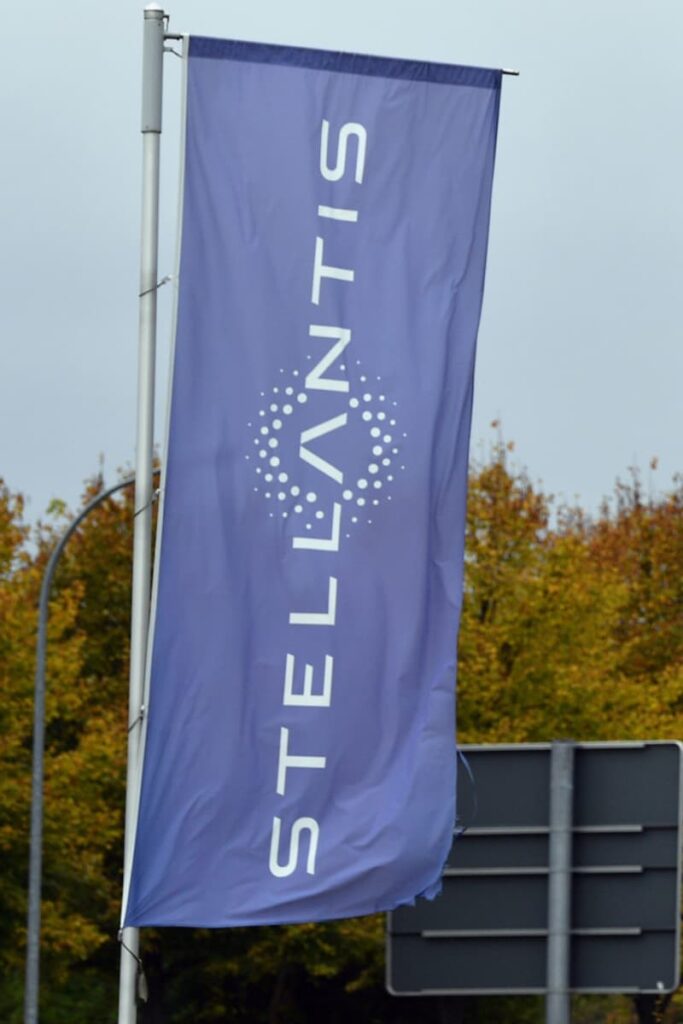Stellantis, a major global automotive manufacturer, has partnered with the Chinese battery powerhouse CATL to invest up to €4.1 billion (approximately $4.3 billion) in a new battery cell factory in Zaragoza, Spain. This ambitious project aims to enhance the production capabilities for lithium iron phosphate (LFP) batteries, which are a more affordable and durable alternative to traditional lithium-ion cells. The announcement, made on a Tuesday, indicates that production at the facility is expected to commence by the end of 2026, with the endeavor featuring various stages of expansion that could ultimately yield an annual production capacity of up to 50 gigawatt hours.
This strategic collaboration follows a letter of intent signed between Stellantis and CATL just over a year ago, reflecting the growing trend of automakers establishing partnerships with battery manufacturers to secure essential components for electric vehicles (EVs). Stellantis, which oversees well-known car brands such as Opel, Fiat, and Chrysler, is focusing on utilizing the manufactured LFP batteries in their smaller, compact cars and SUVs aimed at consumers seeking medium-range, cost-effective electric options.
LFP batteries, though less energy-dense than traditional lithium-ion batteries, present several advantages, including lower manufacturing costs and longer operational lifespans. These features allow automakers to offer affordable EVs without compromising on quality, thus meeting the increasing demand for electric vehicles due to environmental concerns and shifting consumer preferences. The capacity anticipated from the new factory is substantial; it has been estimated that it will produce enough batteries to power over 900,000 Opel Mokka electric cars, which feature a battery capacity of 54 kilowatt hours each.
The ambitious timeline for the project includes a tentative closing date for the deal set in 2025, when Stellantis and CATL will establish an equally held joint venture. This partnership is not just a sign of the electric vehicle market’s evolution but also a response to the growing need for localized production of battery components in Europe, as various manufacturers aim to mitigate supply chain disruptions that can arise from sourcing batteries solely from overseas.
Moreover, this investment comes amid broader shifts in the automotive industry prioritizing sustainability and the transition to electric mobility. As companies navigate the challenges of achieving carbon neutrality and meeting stringent governmental regulations, the collaboration between Stellantis and CATL symbolizes a proactive approach to ensure competitive advantage in the rapidly expanding EV marketplace.
Ultimately, the joint venture underscores the critical role of strong partnerships between car manufacturers and battery producers in fostering innovation, driving down costs, and enhancing the overall viability of electric vehicles. As the joint factory takes shape, it is expected to play a significant role in helping Stellantis achieve its electrification goals while also contributing to the wider growth of the electric vehicle ecosystem in Europe.

